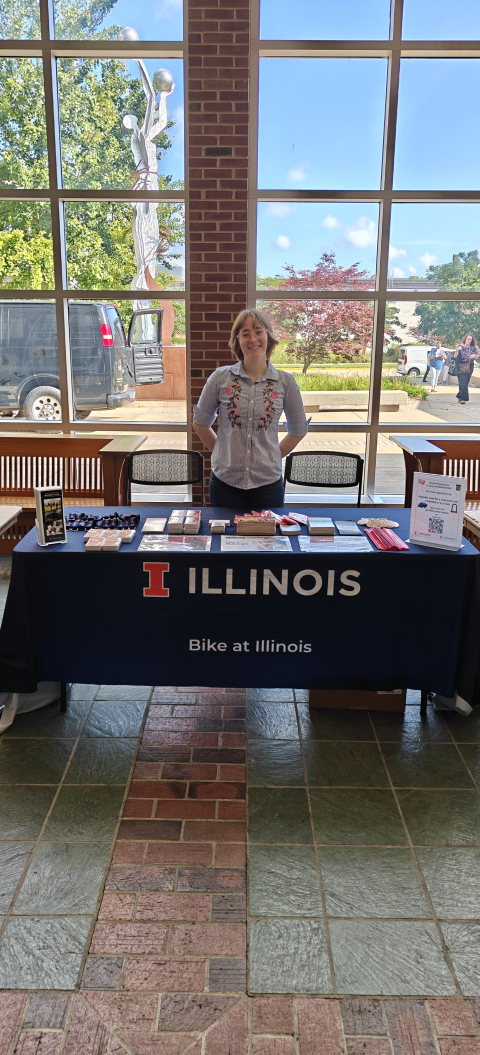You are here
Reduce Emissions from Transportation (Ongoing)
Transportation emissions account for about 10 percent of the total emissions generated on campus. Generally, this includes commuter, air travel and fleet emissions, some of which are difficult to quantify. The target for this section is to reduce transportation emissions by 50 percent by 2025. This aggressive target will require strategic thinking in all components of transportation-based emissions.
The University will implement the campus bicycling master plan. A bike-sharing program will be created by 2012. By 2015, the University will impose a Greenhouse Gas fee on all automobiles registered or parked on campus. The fee structure will be based on the relative efficiencies of the car make and model. The University will use this revenue to provide incentives to reduce transportation emissions. The University will also enact a system for purchasing local emissions offsets from air travel impacts, with a voluntary program beginning by 2012 and will recommend to the Board of Trustees to move to mandate a required program by 2016.
Sub-projects
-
 (Ongoing)
(Ongoing) -

-
 (Ongoing)
(Ongoing) -

Background
Conclusion
Recent Project Updates
-
10/10/2022The Transportation iCAP team met on October 20th 2022 to discuss the team's presentation for the upcoming sustainability celebration, review the list of priorities assigned to the team for the year, and discuss progress on fleet replacement plans...
-
6/4/2022"Transportation of all kinds accounts for nearly a quarter of global CO2 emissions(Opens in a new window). Commuters often have little choice about how they can get to work. But even if they make a concerted effort by using tools like Map...
Dates
-
Approved May 15, 2010Approved by Robert Easter
Project Team
-
Project Leader:
Morgan WhiteTeam Members:
- Sarthak Prasad
Themes
-
Primary Theme:
Other Themes:
Key Objective
-
50. Preferential Treatment for high MPG Vehicles
(2010 iCAP)
